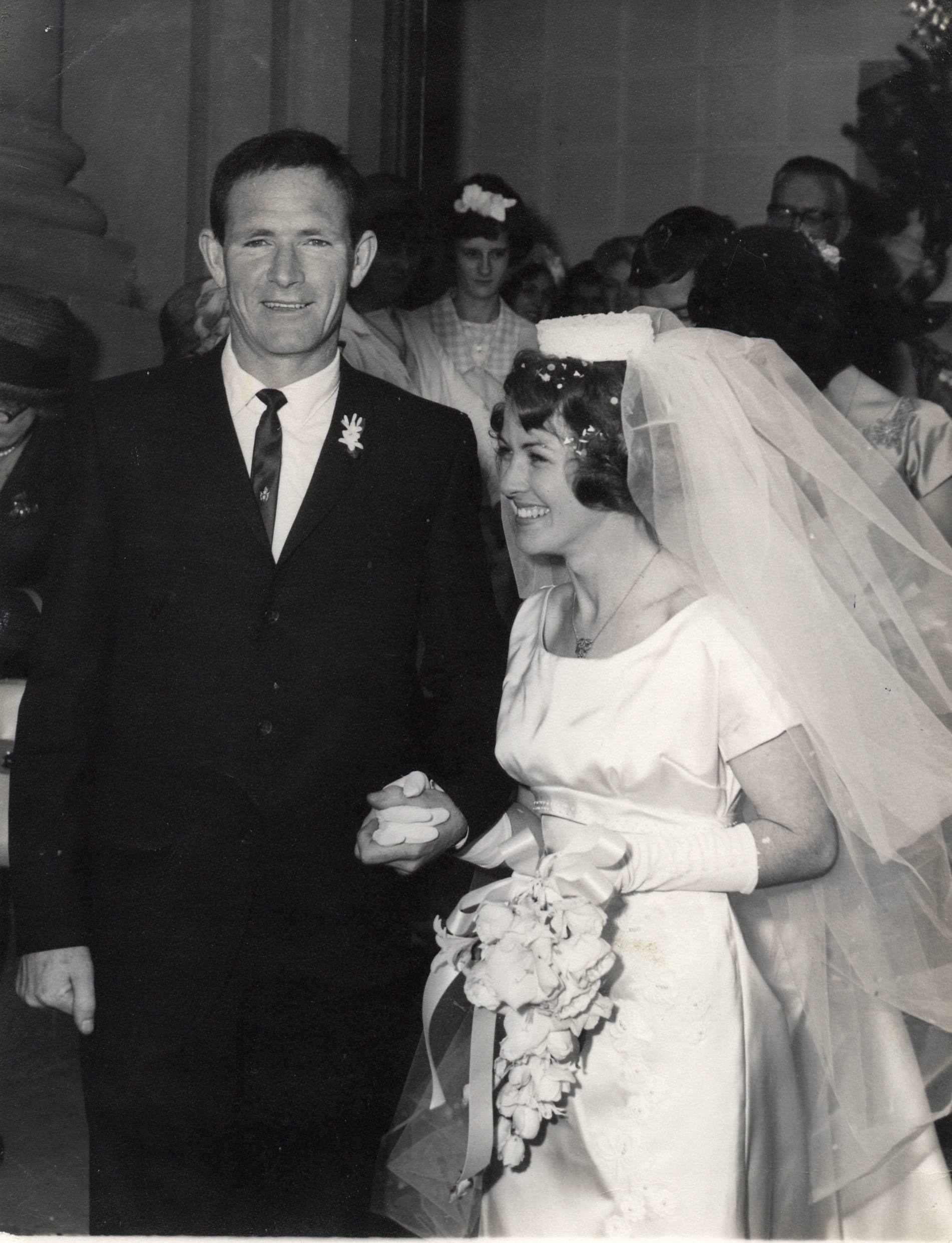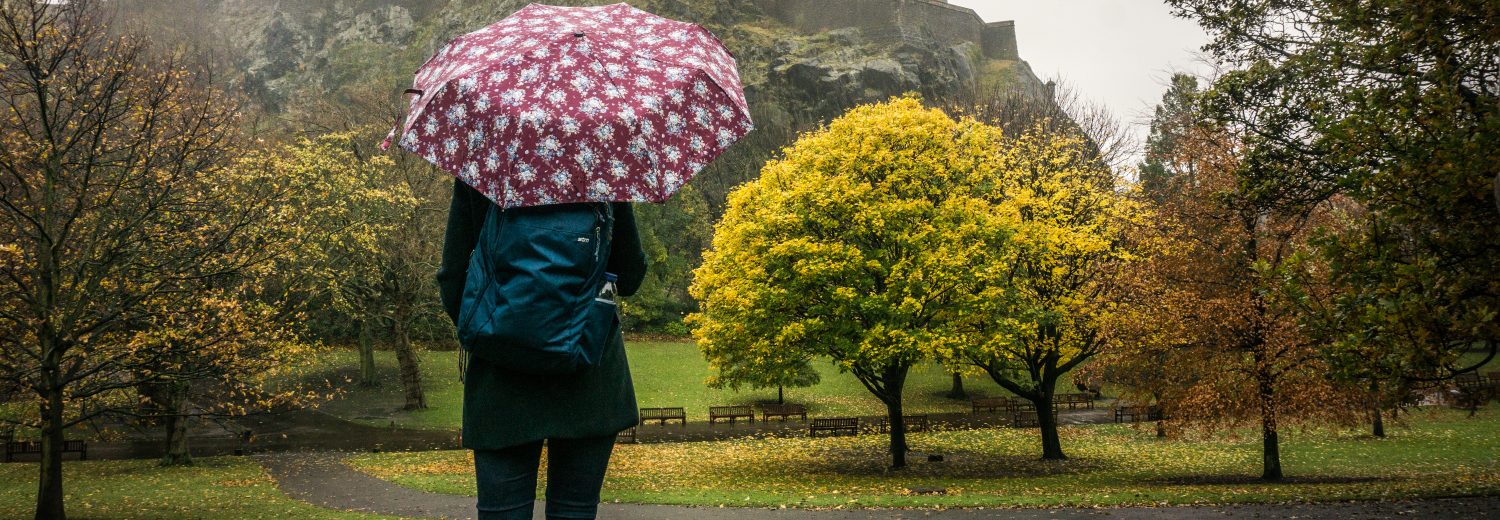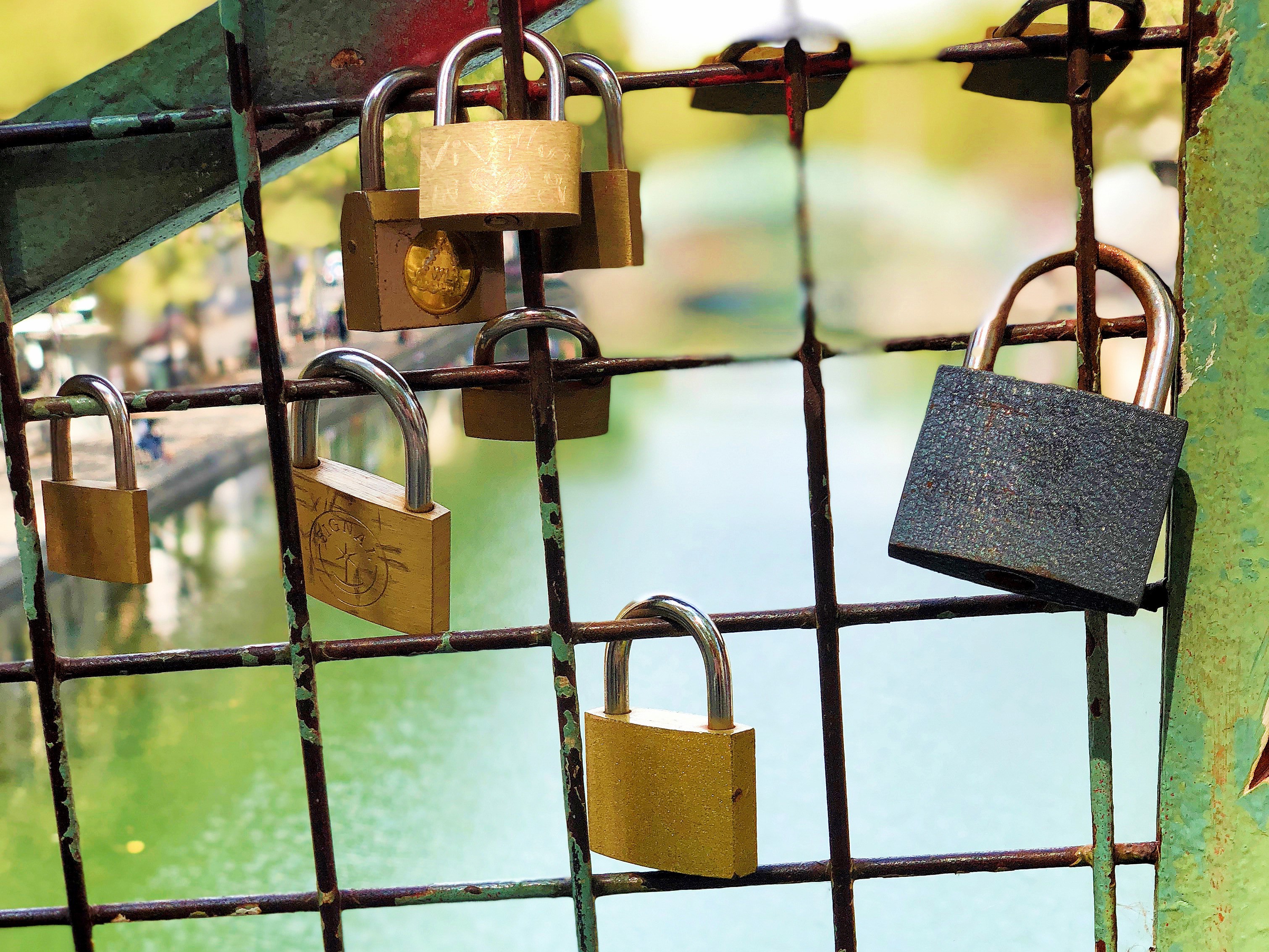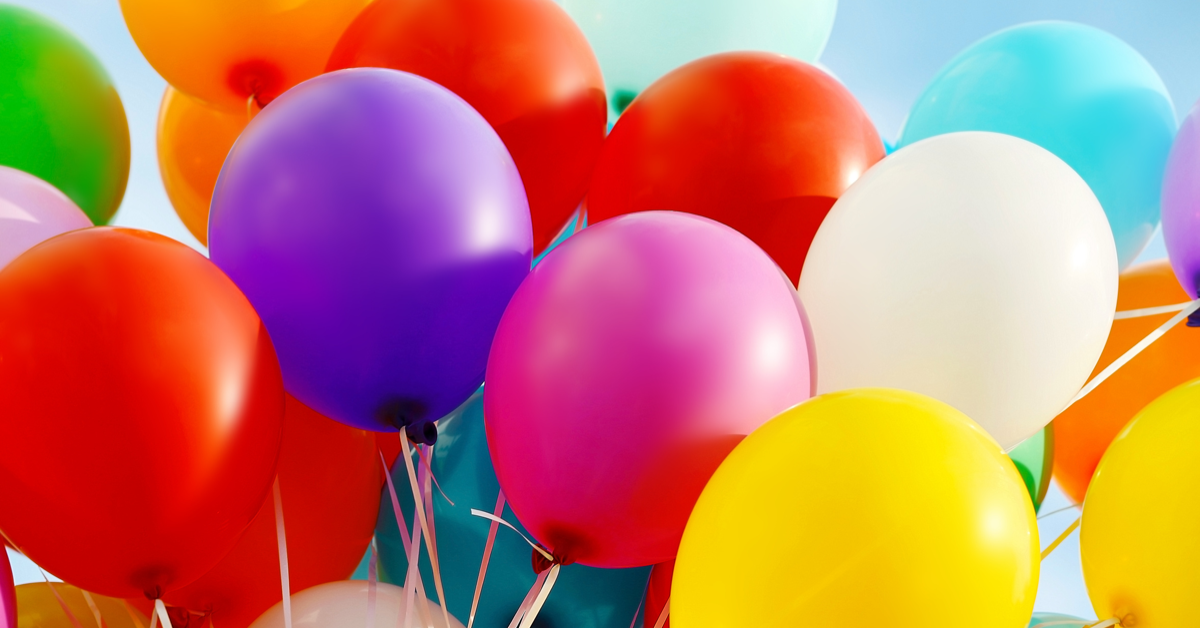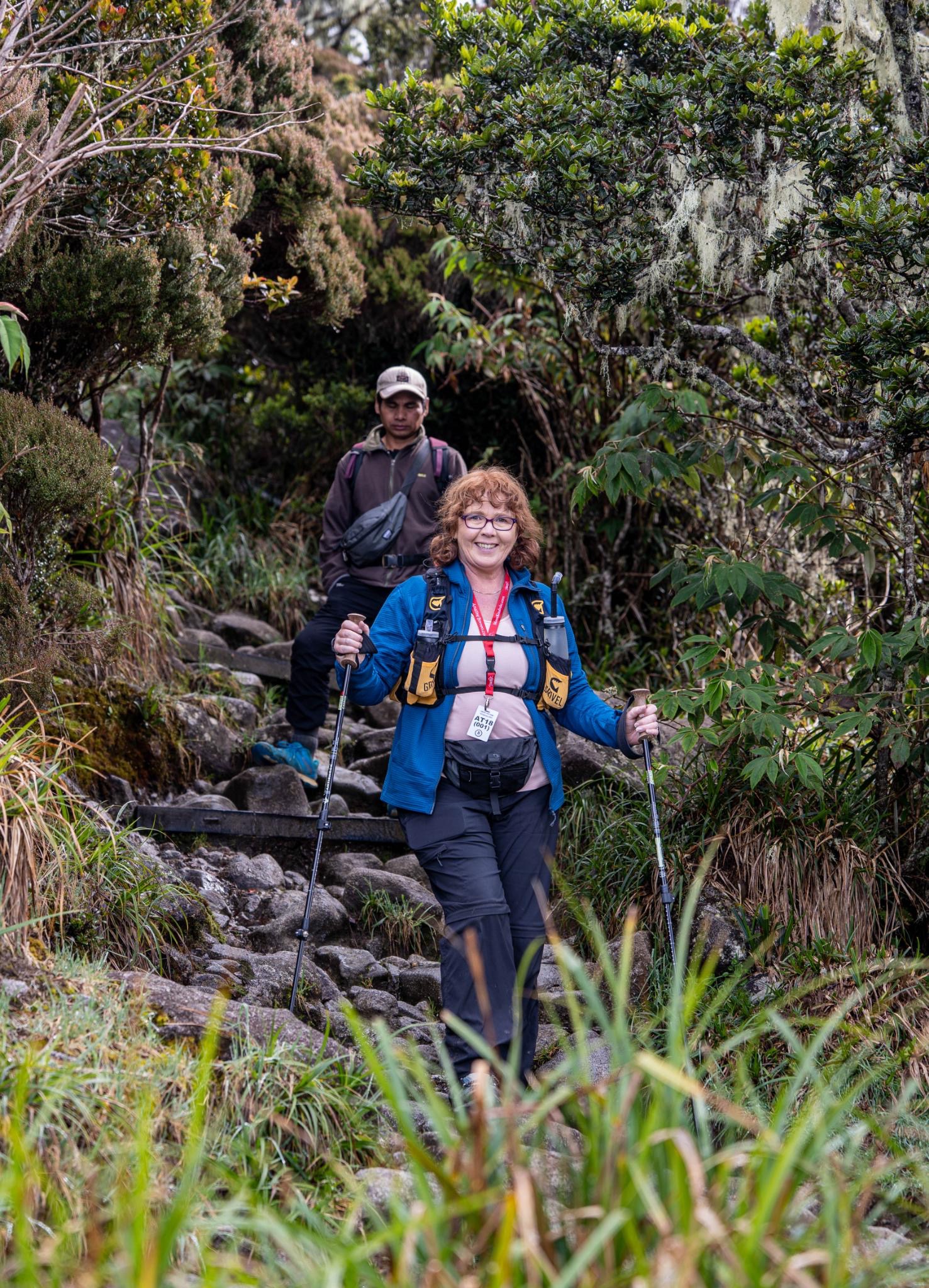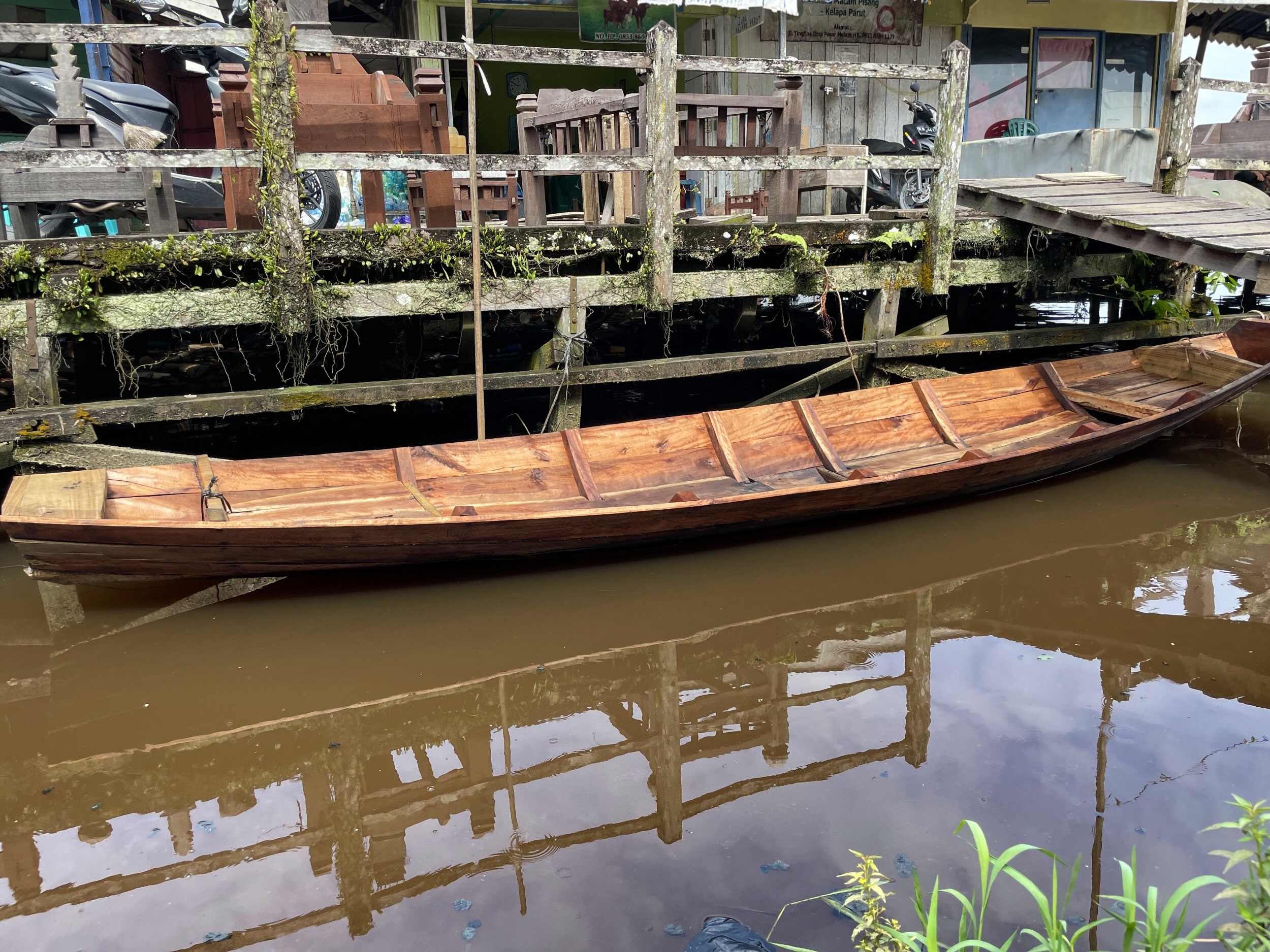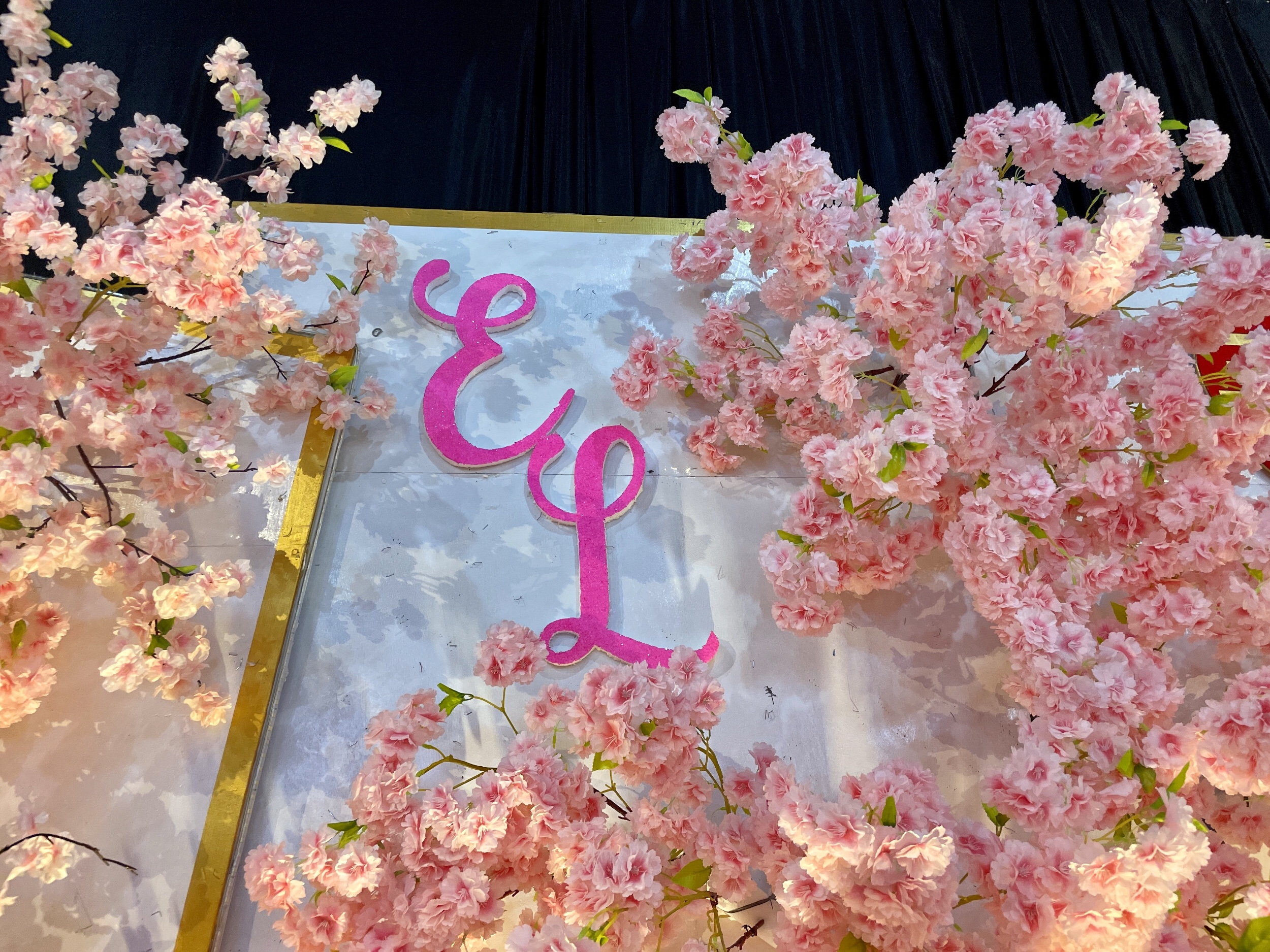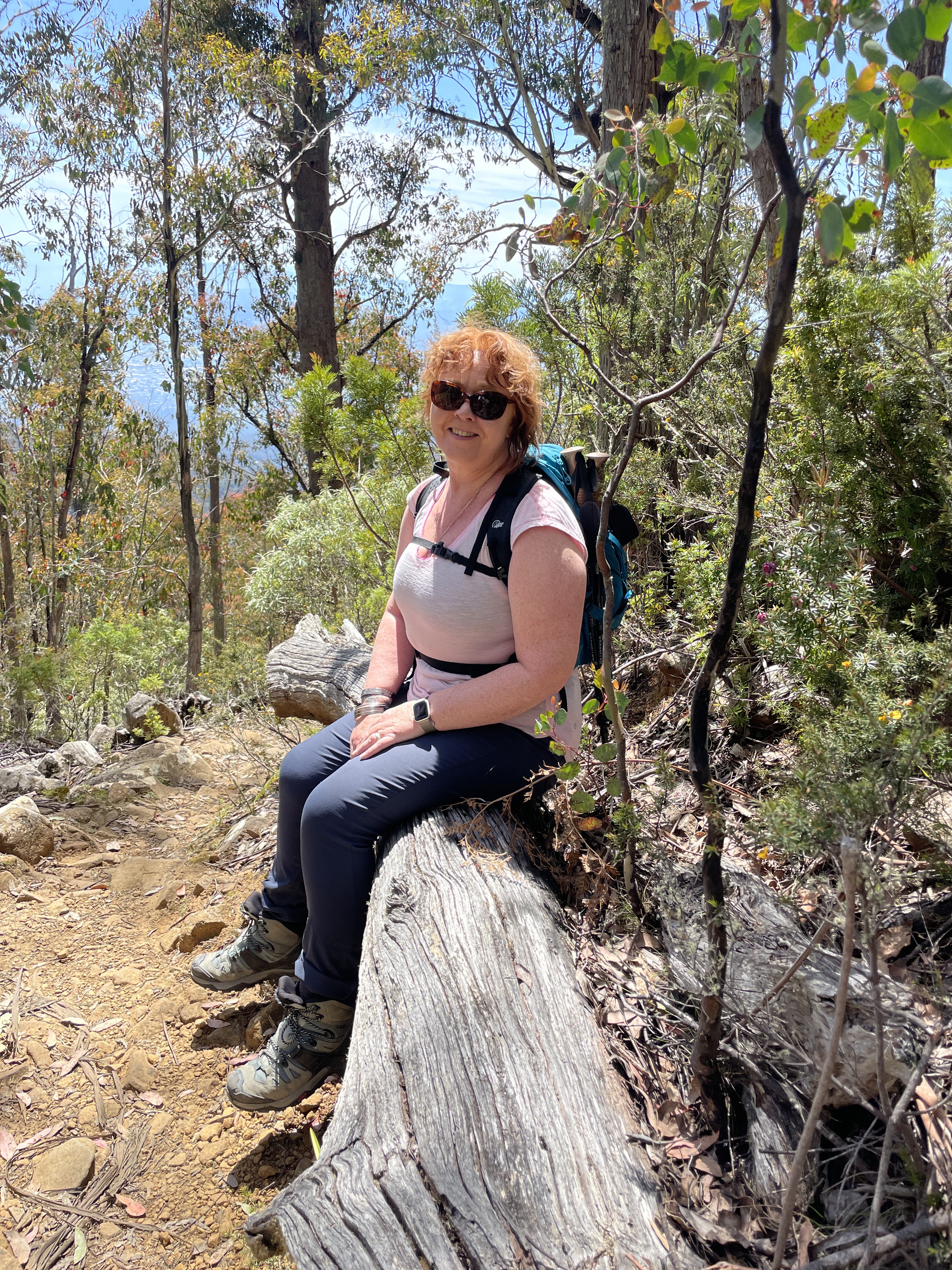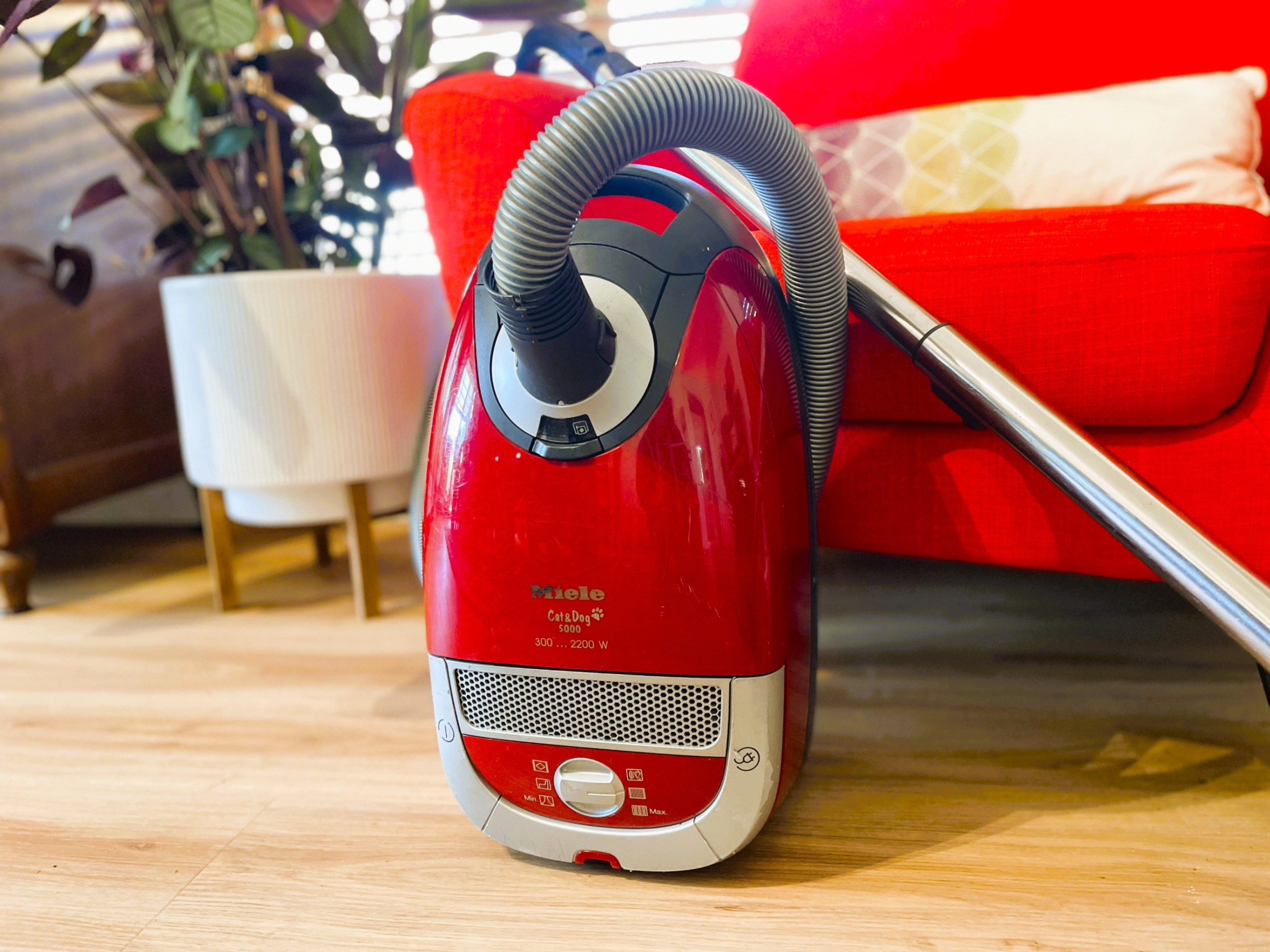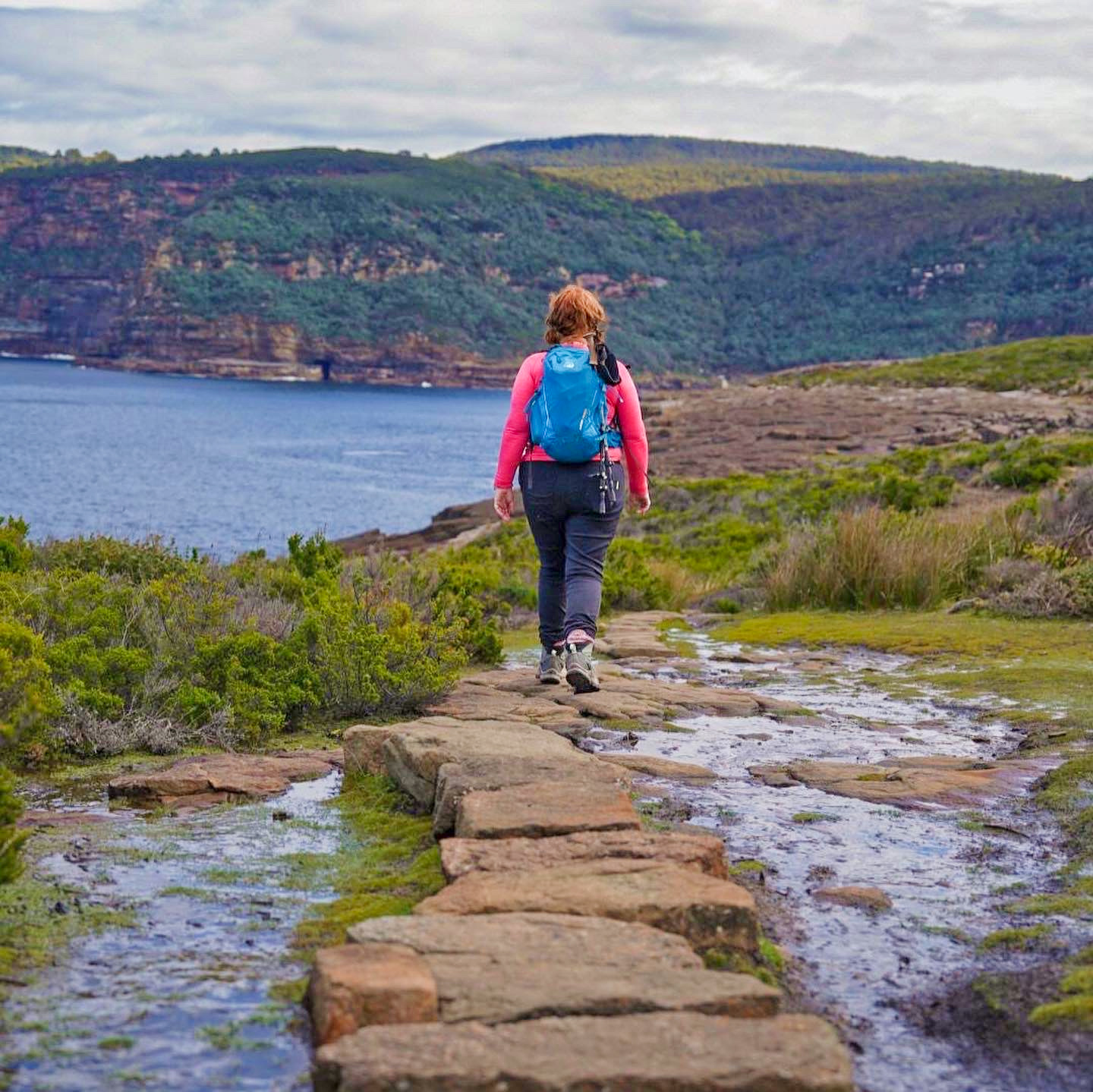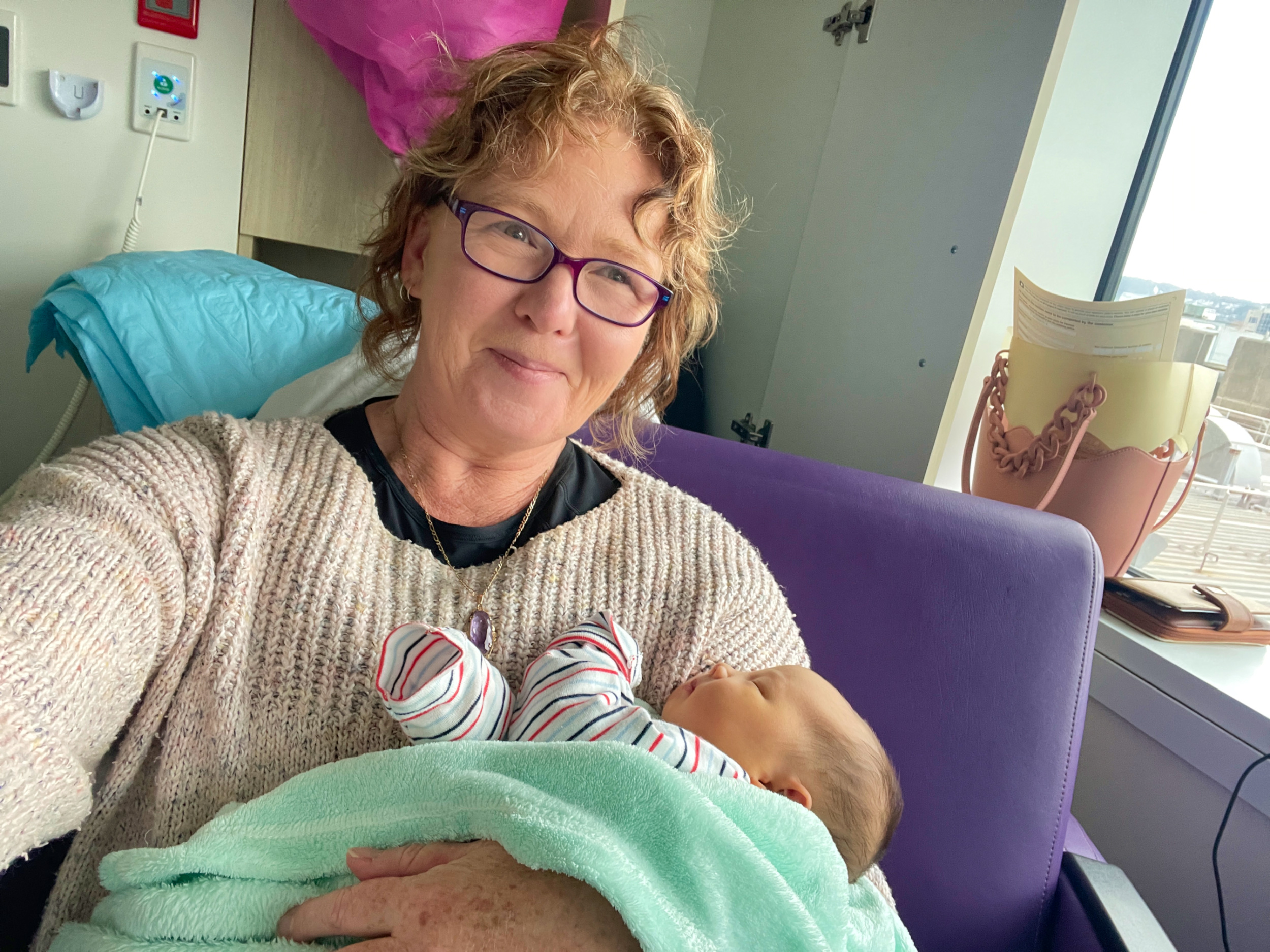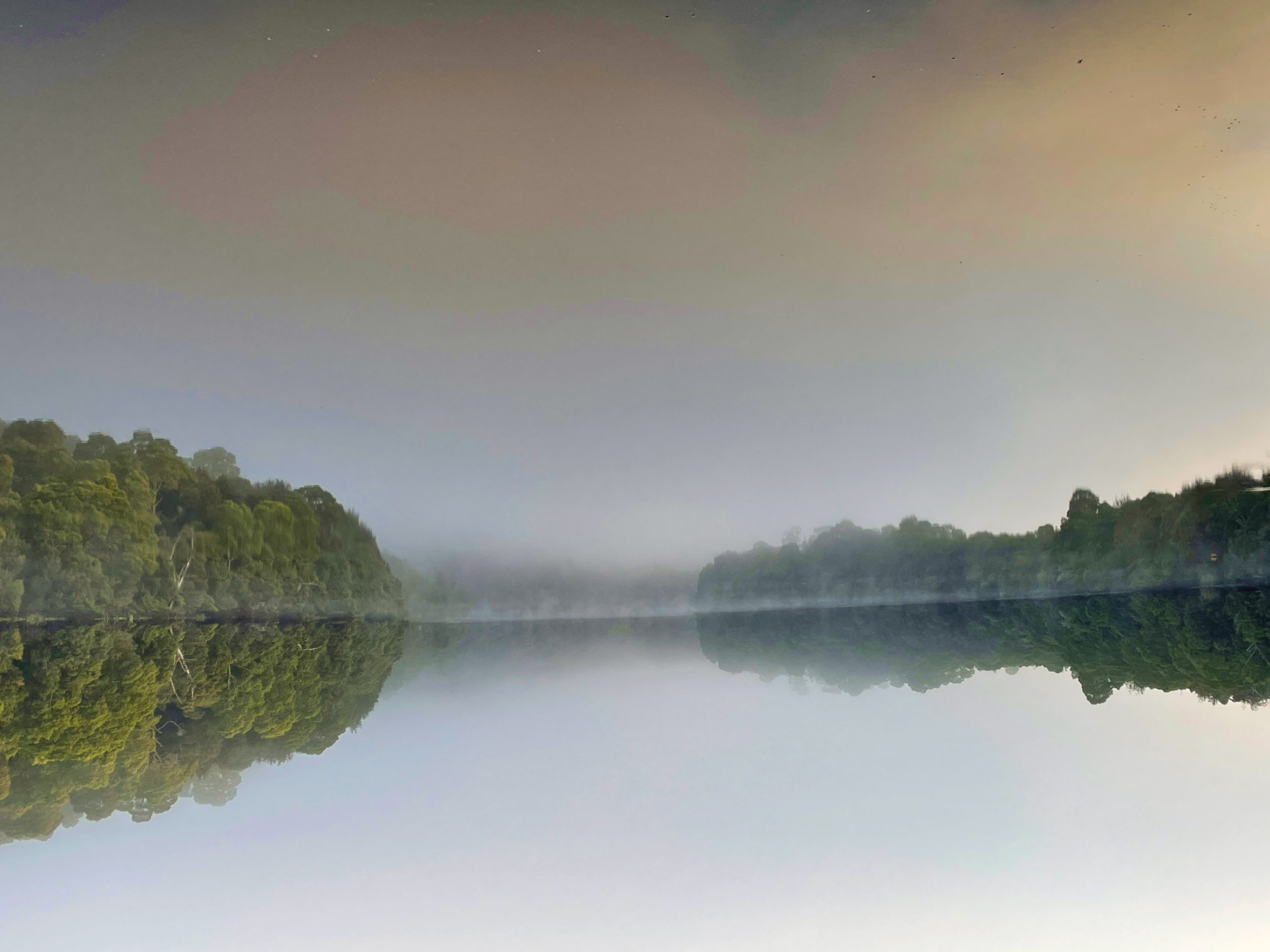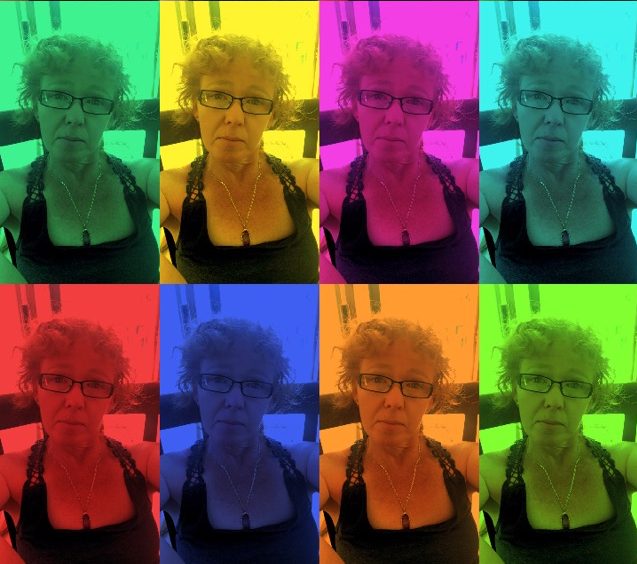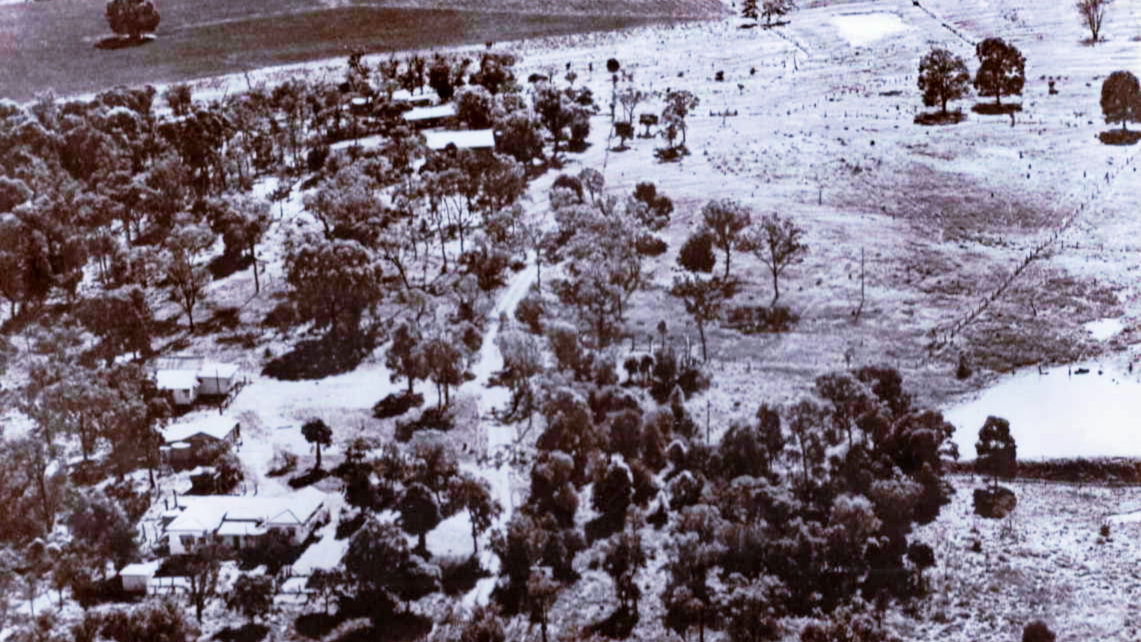Meditation and mindfulness are the buzzwords of the decade. The practice of taking time out to check in with mind, body and spirit – to let go of the past and future for a few moments – is no longer limited to Buddhist monks, or yogis in search of spiritual nirvana. It’s mainstream practice, taught to children in schools and discussed in workplaces, gyms, therapy, and the media.
There are reams and reams of studies on the proven benefits of both meditation and mindfulness. Google benefits of meditation and mindfulness and there are currently 67,000 scholarly articles. So there’s no need for me to extol the virtues of these disciplines – science has done all the hard work for me.
In my limited experience, I’ve found meditation often has music playing, and mindfulness doesn’t.
Although that’s definitely not part of any official definition. I’ve also discovered meditation requires taking time out to sit and focus, whereas mindfulness is paying attention at any given moment and requires no extra time in the day. Both practices encourage thoughts to come and go without judgment, and often include focused breathing and/or grounding techniques as part of the experience.
While it’s perfectly possible and reasonable to do any meditation or mindfulness practice without an app, I confess I’m an app kinda gal. So here’s my experience of the following apps, and why I have a whole folder dedicated to them on my phone.
Like most new things in life, that for whatever reason may not come naturally, it’s important to start slow.
Abide is a Christian meditation app. The free version includes a two-minute daily meditation, one sleep meditation, and 28 topics ranging from addiction to thankfulness, each with heaps of two-minute meditations. All meditations have three background track options – a running stream, piano music or guitar music – and are voiced with different American men and women sharing words of support and encouragement as well as scripture. The paid version has a seven day free trial, after which it costs $90.99USD per year. It includes more timing options, background music, a plethora of meditations, and also has guides for each of the 28 topics. The app requires internet access to work – there’s no option to download or use offline.
I personally love this app. There’s so much available in the free version I haven’t paid for it. It’s visually beautiful, I love the variety of voices and that I can favourite my preferred meditations. The music is gentle and soothing while the running stream makes me want to rush to the toilet. Overall it’s a great meditation app for Christians.
Address Stress is a simple and accessible meditation. The free version has two options – relaxation exercises with focused breathing in 10, 15 or 20 minute sessions, and pressure valve, a two-minute breathing exercise to do anytime, anywhere. The only voice over is in the relaxation exercise tutorial and the American gentleman speaks in a lovely soothing tone. The paid version is approximately $75. (As I was gifted the entire programme I’m not sure of the precise cost.) It includes a 14-day programme with daily information, scheduled reminders, progress charts, and the option to buddy with a friend. The full programme also includes comprehensive booklets packaged in a beautiful box that talk about many aspects of stress, the impact on our lives, and how to manage stress.
Address Stress is currently my favourite app. I love falling asleep to the relaxation exercise (without commentary to wake me up as it ends). The pressure valve exercise is easily done in the car, walking, working, eating etc. Over two minutes breathing gradually slows, bringing a quick reduction in anxiety or stress. I haven’t finished reading all the booklets, but it’s on my to-do list.
Aura starts by asking How are you feeling? But with the free version, the only available response is, Okay. It then pops up with three minutes of life-coaching wisdom on authentic happiness, narrated by an American woman. The free version has access to a community of other users – which I haven’t participated in – and an explore option, where users can subscribe to hundreds of channels encompassing meditation, hypnotherapy, stress reduction, life coaching, and inspirational stories. Within each channel there are hundreds of meditations, however the free version limits access to a randomly selected three-minute meditation. To access the paid version there is a 14-day free trial, and then it’s $59.99USD per year.
Aura is not my preferred app – it’s too fiddly to find what I want and doesn’t seem to offer anything particularly original. Having said that, it’s visually appealing and the content I accessed was very good. For users who like the idea of being in a community it would be a nice option.
Breathe is a beautifully simple app that just does focused breathing. It’s entirely free and has only two functions – measuring heart rate and guided breathing. I find measuring heart rate on a phone frustrating as I can’t seem to hold my finger over the camera at just the right angle, so it either stops and starts, or claims my heart rate is 40 when it’s definitely not. The breathing part of this app is brilliant. Set a duration, press start, and go. The settings allow you to change intervals for breathing in and out, and holding the breath. The app will either vibrate at the beginning of each in/out/hold, or ask you to hold your thumb on the graphic as you breathe in, release thumb as you breathe out. The graphic is a very simple blue circle with a yellow outline.
It’s a fantastic, simple go-to app for anyone with significant anxiety issues – particularly if you’re prone to panic attacks. I’ve used it during panic attacks to calm myself down. The only caveat, is it may only be available in Australia? I’m not sure…
Buddhify is a meditation app with a colour wheel describing every type of situation meditation (or mindfulness) can be applied to. There’s an option to edit the wheel and add or remove applicable topics. It’s confusing at first, as it functions slightly differently to similar apps. Tap on a topic (eg Walking), which then opens a variety of tracks to choose from (eg Street – 6 mins, Bridge – 9 mins etc). Each topic has 3-6 different tracks. To close a topic click back on the rest of the wheel. Every meditation has a different voice and accent. Interestingly, this is the only meditation app I’ve found without music – so it feels more like mindfulness than meditation. Personally, I prefer having music. The app is free, but there’s an option for an annual $30USD membership, which apparently provides, A range of features and benefits all designed to help you get even more out of your meditation.
I keep coming back to Buddhify, and then deleting it again. It seems good but without music, doesn’t quite suit me.
Calm is awesome. Music plays the moment it starts, and you can control the music – everything from the sound of the ocean to fairytale lullabies. Just the music alone would be lovely to drift off to sleep. There’s a daily calm meditation that goes for around ten minutes focusing on relaxation and body awareness. The sleep stories menu has a huge range of stories told by different narrators in a variety of soothing voices. I love listening to Stephen Fry’s lullabies. There are hundreds of stories. The meditation menu also has tons of options, for example mindful walking with a variety of timings (from 5-30 minutes). There’s also Calm Kids, Calm Masterclass, Calm Body, and a breathe function. I think I must have subscribed as I have full access to everything. It costs $59.99USD annually, or $299.99USD for lifetime access.
I think this is one of the best meditation apps available. If you’ve never tried meditation before, it’s a great place to start as there are lots of different voices, backgrounds and music to choose from, and the meditations are very well done. The option to have background music playing with no voice is lovely.
Headspace is the first meditation app I ever used and is brilliant. The delightful Andy Puddington, a former monk, voices everything – I love his voice! The app is sorted into courses and often requires completion of one before moving onto the next. It starts with basics and then branches into topics like anxiety, sleep, acceptance. The SOS meditations are fantastic for those times when stress, anxiety, panic, or deep depression have struck. There’s often a small video explaining techniques before the meditation starts. The meditation has no music, but I love Andy so much I forgive the lack of music. There’s a huge focus on guided breathing and body awareness. The free version is limited to the basic courses. The paid version is $95.88USD per year. As far as I can see, there’s no free trial – just use the free courses until you decide you want the paid version.
I highly recommend Headspace to learn about meditation and mindfulness. You have to get comfortable with long silences, but the videos and voice overs are incredibly informative.
Insight Timer is quite new for me. It seems to have a large focus on community and claims to be the number one meditation app in the world. The menu includes sleep, meditate, and courses. Sleep has thousands of free music tracks and stories to help you get a better night’s sleep. Some meditations have music and some don’t, and many include a bell sound to begin and end the meditation. There are a variety of voices in different accents – quite a few are Australian. The app is not as “pretty” as some, and not as easily navigated. But it does have 15,000 free meditations – which is huge. Premium is $89.99USD per year and there’s a seven-day free trial. It includes all the 10 and 30 day courses, night mode, daily meditation and 365 different teachers.
Rated as the world’s number meditation app, it must be good. Certainly a lot to choose from in the free option. It’s an app I will explore in more detail.
Mindifi has the most beautiful selection of apps for everything imaginable. Choose which app you want, and the free version will have one guided session, or you can purchase the whole program for a one-off payment of $39.99USD. Sessions are around 25-45 minutes. The mindifi apps are all separate – in other words, you download the weight loss app, or the business success app etc. They are called hypnosis tracks, which is basically just a deep meditation, but with important self-affirming messages included for the chosen topic.
I love mindifi. The gentle music, soothing voice and the way it brings you into such a deep state of relaxation is fantastic. I have had half a dozen mindifi apps on my phone at different times – just accessing the free option for each different topic. As a hypnosis meditation, it works well for positive, self-affirming messages.
Rainy Mood simply offers soothing background sounds. The default setting has rain, thunder and birds playing and you can adjust the volume for each of them. The paid version of the app is $4.49USD and includes three more soundscapes – ocean, countryside and cafe.
Rainy mood is less meditation and more calm. It makes for nice background noise if silence is overwhelming for you, or street noise is distressing. The absence of any voice or need to do anything specific is good. It’s not an app I use much though.
Simple Habit is another meditation app that includes a community option. It’s divided into series and the free version gives access to the first two meditations in each series, while the paid version is $139.99USD per year, or $499.99USD for lifetime access. The app requires you to meditate a number of times before you can level up and access more features. The meditations are arranged by subject – weight loss, anxiety, well-being etc. You can also choose meditations based on one of the hundreds of narrators from every corner of the world. The app also tracks which days and for how many minutes you practice mindfulness.
It’s not as pretty as some of the apps, but the meditations are really good. The discover option makes it easy to find the topic you need and there are meditations for absolutely everything.
Smiling Mind is an Australian mindfulness app. Like most mindfulness and meditation, it begins with guided breathing and body awareness, before focusing on the topic at hand. It’s arranged by programs and after a short quiz when you sign up, it offers recommended programs. You can also access all programs from the menu. Programs are classified as Adult, Youth, Workplace or Classroom. There are also Other Language Programs. Each program then has modules and sessions. Sessions can be done with or without background music, and can be a favourite if you want to come back to it. Programs include digital detox, sleep, sport and mindfulness foundations.
Smiling Mind is very much an educational program and particularly focused on young people. It’s entirely free and is operated by an Australian not-for-profit organisation helping make future generations happier and healthier through the practice of mindfulness meditation. There is an option to donate to the organisation, but it’s purely voluntary.
Soultime is another Christian meditation app. It has the option to track mood. Menu options include meditation, music (with vocals), scripture and bible. Under the meditate tab there are hundreds to choose from, many of which required the paid version, but those accessible for free are beautifully done. There are a variety of different voices, and often a quote from scripture to read through while listening to the music or meditation. The background image can be changed to suit your mood. The paid version has a seven-day free trial and is then $96.99USD per year. It offers reports based on the check-up quizzes you complete. A full off-line bible and reading plan. And unlocks over 100 more guided meditations.
Soultime is quite good, but I would recommend Abide for Christian meditation first. The music isn’t my favourite, and it doesn’t offer anything particularly original.
Theta Waves is quite fascinating. It uses binaural beats for mindfulness meditation and biofeedback. There are three sound options and you can control how much of each is playing. The first is the theta waves, a slow pulse that is high amplitude but slow cycled brain waves… associated with a state of deep meditation and mindfulness. You can add synthesised music over the top, and/or the sound of rain. The idea is to just play the music in the background and then do self-guided meditation.
I confess I haven’t used Theta Waves yet. But I can see it could be very useful to play when in a state of distress to try and calm the panic in your head.
That’s all I’ve got for now on apps. There are millions of them out there. Many I’ve downloaded and deleted immediately because of a twangy voice I couldn’t stand, or being too complicated to figure out. Different things work for different people. Do you prefer music or no music? British, American, Australian voices? Long or short meditations? With or without silences? All or none of the above?! Please share your experience of mindfulness and meditation and the methods you employ to incorporate the practice into daily life. I use a timer on my phone four times a day. For now, it works for me.
Like this:
Like Loading...

